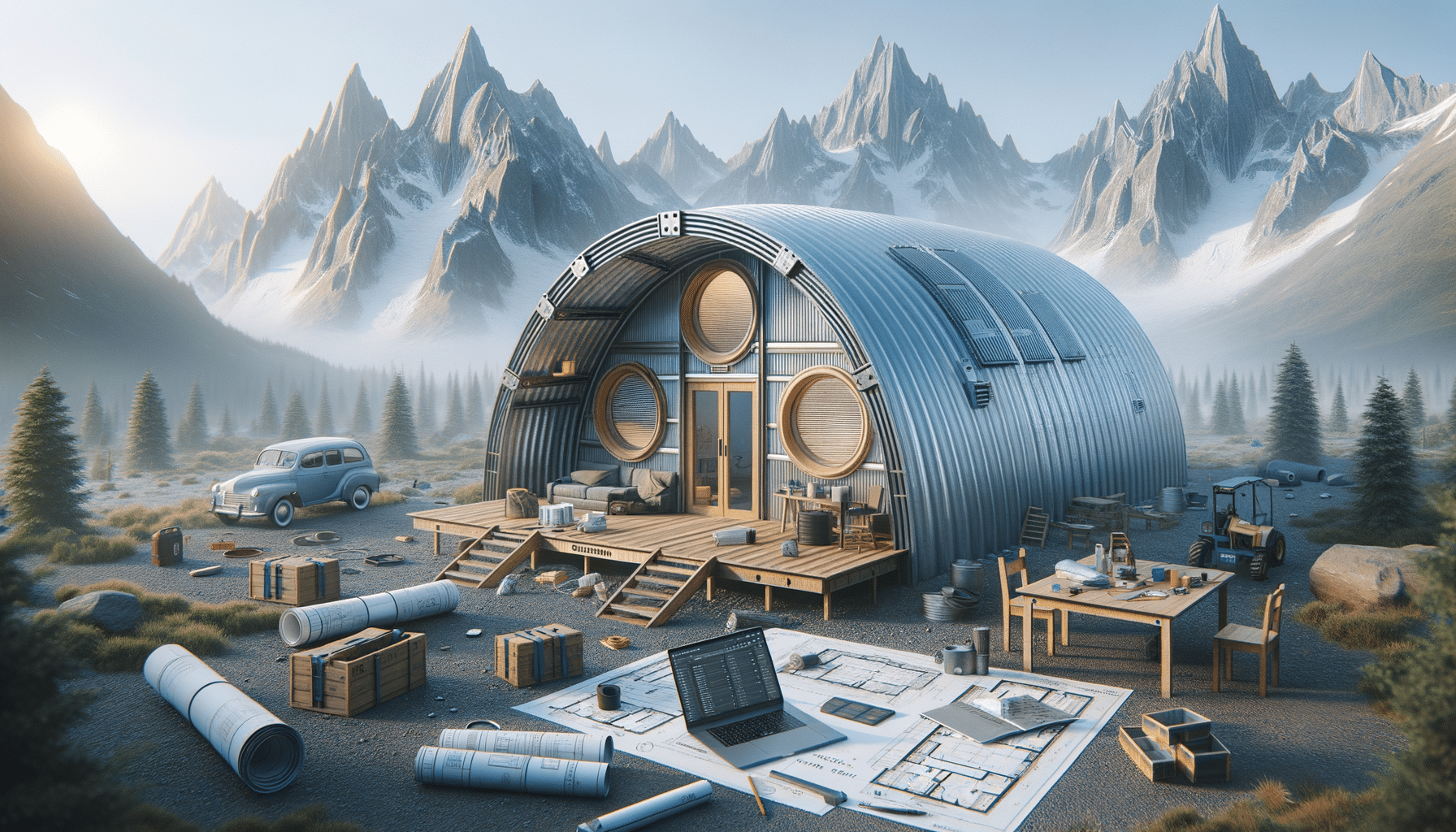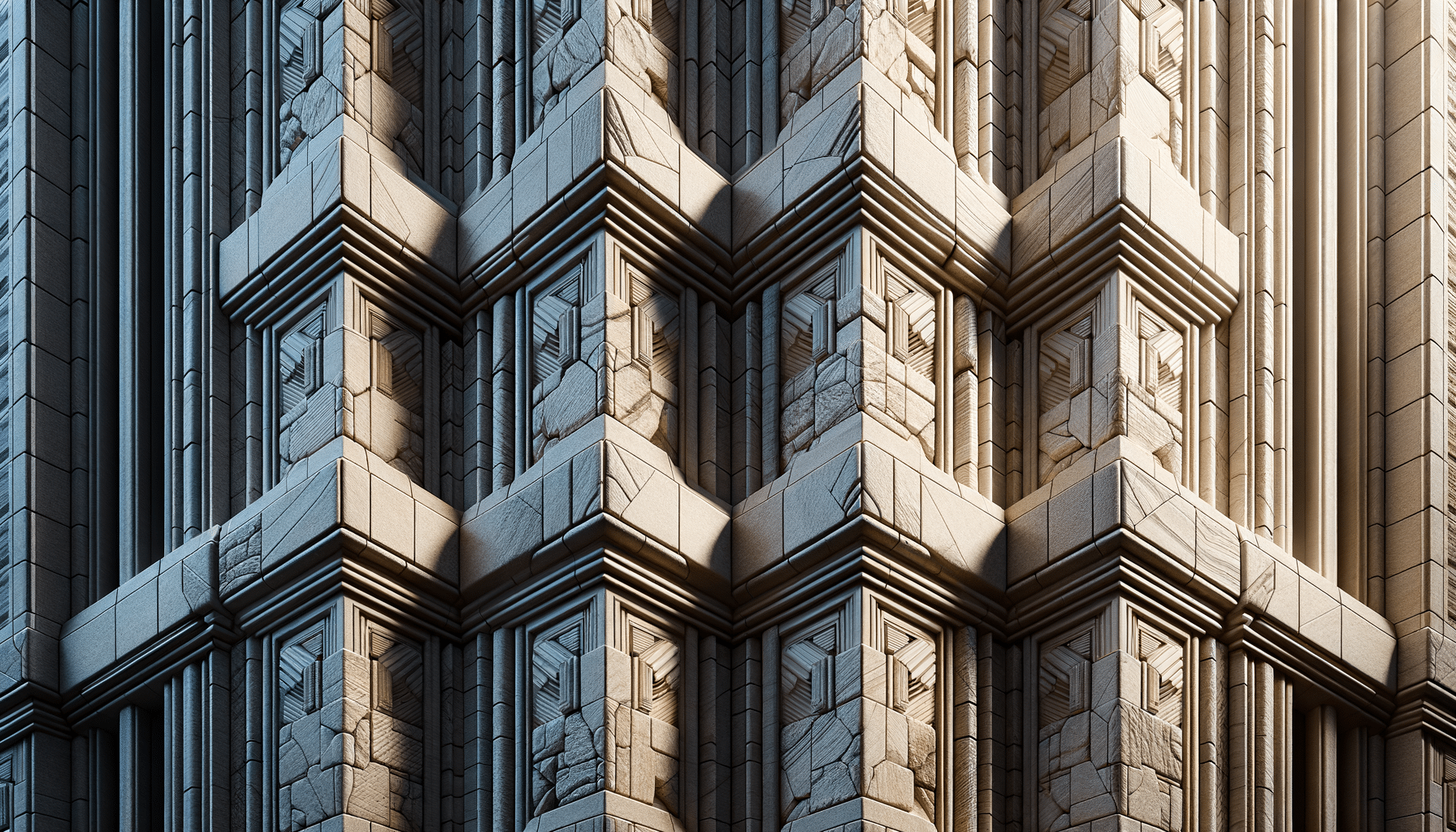
Quonset Huts – Ultimate DIY Structure
The Origins and Evolution of Quonset Huts
Quonset huts, a staple of architectural innovation, have an intriguing history that dates back to World War II. These structures were initially developed to provide the military with a quick and efficient solution for housing soldiers and storing equipment. The name “Quonset” originates from the location of their first manufacturing site at Quonset Point in Rhode Island. The design was inspired by the Nissen hut used by the British during World War I, but American engineers refined it to enhance its functionality and ease of assembly.
The original Quonset huts were characterized by their semi-circular, corrugated steel walls, which provided excellent durability and resistance to harsh weather conditions. Over the years, the design has evolved, embracing modern materials and construction techniques. Today, Quonset huts are not just military relics; they have found a place in civilian life, serving as homes, storage units, workshops, and more. Their adaptability and cost-effectiveness make them a popular choice for various applications.
Quonset huts have transcended their military origins to become a symbol of efficiency and practicality. Their evolution is a testament to the enduring appeal of simple yet effective design principles. As we explore their modern-day applications, it’s clear that Quonset huts continue to be a versatile solution for many structural needs.
Construction and Design Features
The construction of Quonset huts is a straightforward process, making them an attractive option for DIY enthusiasts and professional builders alike. The key to their design lies in the use of lightweight, prefabricated materials that can be easily transported and assembled on-site. This simplicity in construction has contributed to their widespread popularity.
One of the defining features of Quonset huts is their semi-circular arch design. This shape not only provides structural integrity but also allows for efficient distribution of weight and resistance to environmental stressors such as wind and snow. The corrugated steel panels used in their construction add to their robustness, ensuring longevity and minimal maintenance.
Modern Quonset huts have embraced advancements in materials and technology. While steel remains a popular choice, other materials such as aluminum and advanced composites are now used to enhance insulation and energy efficiency. Additionally, customization options have expanded, allowing owners to tailor their huts to specific needs, whether for residential, commercial, or industrial purposes.
The design flexibility of Quonset huts makes them suitable for a wide range of applications. From simple storage solutions to complex residential setups, these structures offer a unique blend of functionality and aesthetic appeal. Their ability to withstand harsh conditions while providing ample interior space is a testament to their enduring design excellence.
Applications and Versatility
Quonset huts have proven to be incredibly versatile, finding applications in various sectors. Their adaptability is one of their most appealing characteristics, allowing them to serve multiple purposes effectively.
In the residential sector, Quonset huts are increasingly being used as affordable housing solutions. Their spacious interiors and customizable designs make them ideal for creating unique living spaces. Many homeowners appreciate the opportunity to design a home that reflects their personal style while benefiting from the cost savings associated with these structures.
Commercial and industrial sectors also benefit from the use of Quonset huts. They serve as warehouses, workshops, and even retail spaces, thanks to their open floor plans and ease of modification. The agricultural industry, in particular, finds them useful for storage of equipment, grain, and livestock due to their durability and weather resistance.
Beyond traditional uses, Quonset huts have been repurposed for recreational and community spaces. Their adaptability allows for creative applications such as art studios, community centers, and even small-scale sports facilities. This versatility highlights the potential of Quonset huts to meet diverse needs in innovative ways.
Advantages and Challenges
Quonset huts offer numerous advantages that contribute to their popularity. One of the most significant benefits is their cost-effectiveness. The use of prefabricated materials and simple construction techniques reduces labor costs and construction time, making them an economical choice for many projects.
Another advantage is their durability. The sturdy materials and arch design provide excellent resistance to environmental factors, ensuring longevity and minimal maintenance. This makes them particularly appealing for use in harsh climates or remote locations where traditional building materials may not be readily available.
However, there are challenges associated with Quonset huts as well. One potential drawback is the limited aesthetic appeal compared to conventional buildings. While customization options exist, some may find the industrial appearance less appealing for residential purposes. Additionally, the curved walls can present challenges in interior design and furniture placement.
Despite these challenges, the benefits of Quonset huts often outweigh the drawbacks for many users. Their practicality, affordability, and adaptability make them a viable option for a wide range of applications, from personal projects to large-scale commercial endeavors.
Future Prospects and Innovations
The future of Quonset huts looks promising as innovations continue to enhance their functionality and appeal. Advances in materials and construction techniques are likely to further improve their energy efficiency and environmental impact, aligning with growing demands for sustainable building practices.
One area of innovation is the integration of green technologies. Solar panels, rainwater harvesting systems, and improved insulation are becoming more common in Quonset hut designs, making them more energy-efficient and environmentally friendly. These advancements not only reduce the ecological footprint but also lower operational costs for owners.
Customization and design flexibility are also expected to expand, allowing for more personalized and aesthetically pleasing structures. As urbanization increases, Quonset huts may play a role in addressing housing shortages by providing affordable and efficient living solutions.
Overall, the adaptability and potential for innovation make Quonset huts a continued favorite in the realm of DIY and professional construction. Their unique blend of practicality and versatility ensures they will remain a viable option for diverse applications well into the future.


